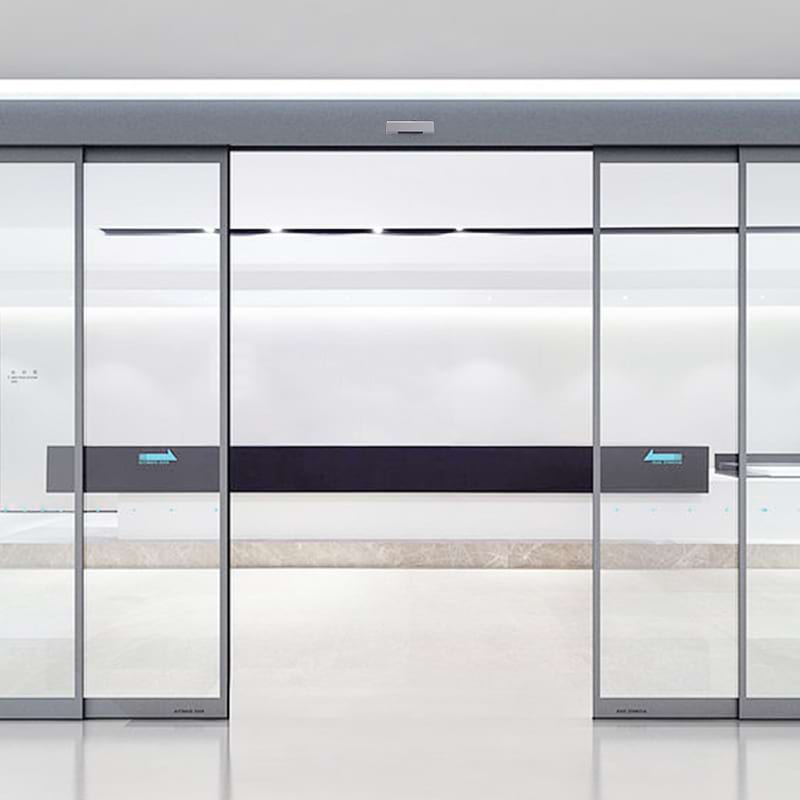What factors should be considered when installing automated door motion detectors in commercial settings?
As businesses and organizations increasingly prioritize accessibility and inclusivity, the installation of automated door motion detectors in commercial settings has become a common practice. These innovative devices offer convenience and independence for individuals with disabilities while also improving overall efficiency and safety. However, installing automated door motion detectors requires careful planning and consideration of various factors to ensure optimal functionality and compliance with regulations. In this article, we explore the key factors that businesses should consider when implementing automated door motion detectors in commercial environments.

1. Compliance with Accessibility Standards:
One of the foremost considerations when installing automated door motion detectors is compliance with accessibility standards and regulations. Depending on the jurisdiction, there may be specific requirements regarding the dimensions, operation, and placement of automated doors to ensure accessibility for individuals with disabilities. It is essential for businesses to familiarize themselves with relevant laws, such as the Americans with Disabilities Act (ADA) in the United States or similar legislation in other countries, and ensure that their installations meet or exceed these standards.
2. Understanding User Needs and Preferences:
Effective implementation of automated door motion detectors necessitates a thorough understanding of the needs and preferences of potential users. Different individuals may have varying levels of mobility, vision, or cognitive abilities, which can influence their interactions with automated doors. Businesses should consider conducting consultations with accessibility experts or advocacy groups representing people with disabilities to gather insights and feedback on how best to design and configure automated doors to meet diverse user needs.
3. Integration with Existing Infrastructure:
Before installing automated door motion detectors, businesses must assess the compatibility and integration of these systems with existing infrastructure and building components. Factors such as door size, construction materials, electrical wiring, and architectural layout can all impact the feasibility and cost-effectiveness of installing automated doors. Collaborating with experienced contractors or suppliers who specialize in accessibility solutions can help businesses navigate these technical considerations and ensure seamless integration with minimal disruption to operations.
4. Reliability and Maintenance Requirements:
The reliability and maintenance requirements of automated door motion detectors are critical considerations for businesses seeking to minimize downtime and ensure long-term functionality. Choosing high-quality, durable components and partnering with reputable manufacturers or service providers can help mitigate the risk of malfunctions or breakdowns. Additionally, businesses should establish regular maintenance schedules and protocols to inspect, lubricate, and repair automated doors as needed, thereby prolonging their lifespan and optimizing performance.
5. User Education and Training:
Even the most advanced automated door motion detectors require users to understand how to operate them safely and effectively. Providing comprehensive user education and training programs for employees, visitors, and tenants is essential for promoting awareness and confidence in using automated doors. Businesses should develop instructional materials, signage, or digital resources that clearly communicate the operation and features of automated doors, as well as emergency procedures in case of power outages or technical failures.
Conclusion: Installing automated door motion detectors in commercial settings holds tremendous potential for enhancing accessibility, convenience, and safety for individuals of all abilities. By carefully considering factors such as compliance with accessibility standards, user needs and preferences, integration with existing infrastructure, reliability, maintenance requirements, and user education, businesses can ensure successful implementation of automated door systems that benefit both customers and employees alike. Embracing inclusive design principles and leveraging technology to create barrier-free environments is not only a legal and ethical imperative but also a strategic investment in fostering positive experiences and building inclusive communities.







